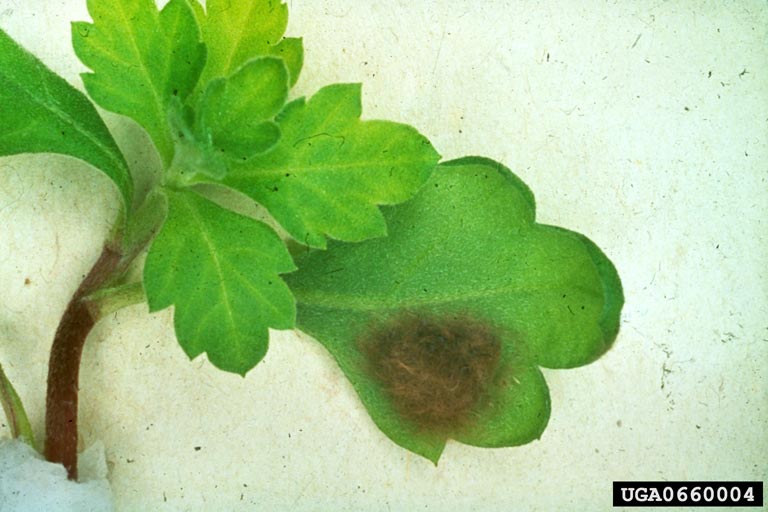Scientific name: Spodoptera littoralis Boisduval
Native range: Africa, Southern Europe and the Middle East

At Risk
Egyptian cottonworm has a wide host range of more than 80 plant species from over 40 plant families including vegetables, fruits and ornamental crops. In Minnesota some of our main crops that could be affected include soybean, alfalfa, corn, apples, grapes, beets, and potatoes as well as some ornamental poplars and pines.
Distribution
Spodoptera littoralis is not present in the U.S., but has been intercepted 65 times at U.S. ports of entry since 2004. It was detected in greenhouses in Ohio during the 1980s but was eradicated. Immature stages of Egyptian cottonworm are spread through international trade on planting material, cut flowers, or vegetables and imported commodities. If Egyptian cottonworm became established in North America, it could also invade new areas through adult flight.
Biology
A female moth lays masses of eggs on the underside of young leaves. Eggs are then coated with scales from the female’s abdomen. After egg hatch, caterpillars feed on leaves and also may feed on stems, buds, flowers and fruits. Pupation occurs just below the soil surface in a clay cocoon. Multiple generations per year occur in its native range.
Identification
The Egyptian cottonworm can be easily confused with Spodoptera species native to the United States, many of which are commonly found in Minnesota. Thus, identifying Egyptian cottonworm will require specimens of adult moths and an experienced entomologist.
Signs of Egyptian cottonworm infestation are the presence of eggs masses covered with hairy scales or the presence of larvae on plants and feeding damage. Leaves damaged by Egyptian cottonworm will have holes and/or are skeletonized.
Adult Egyptian cottonworm forewings are gray to reddish-brown with pale lines running along the veins while the hindwings are a grayish white and iridescent with gray margins and lack any dark veins. Adults wingspan is about 1¼ to 1½ inch long. Larvae are 1½ - 1¾ in long with color that varies from blackish-gray to dark-green, becoming reddish-brown or whitish-yellow. They have light longitudinal bands and two dark-semi circular spots on their backs.
Regulatory Status: Regulated
Federal and state regulations would likely be implemented if the Egyptian cottonworm was discovered in Minnesota. Actions in response to a discovery may include restricting the movement of materials that could harbor Egyptian cottonworm as well as measures to suppress the growth of or eradicate any infestations.
What Can I Do?
The MDA monitors for the Egyptian cottonworm with trap-based surveys in corn, soybeans and vegetables as part of our commodity and pathways surveys. Contact the MDA via Arrest the Pest if you believe you have an Egyptian cottonworm infestation.



